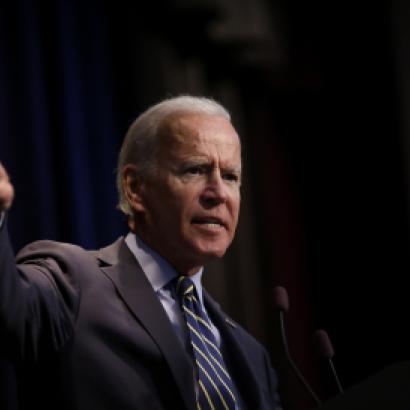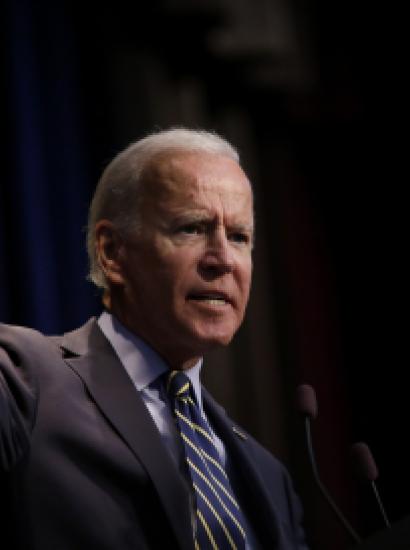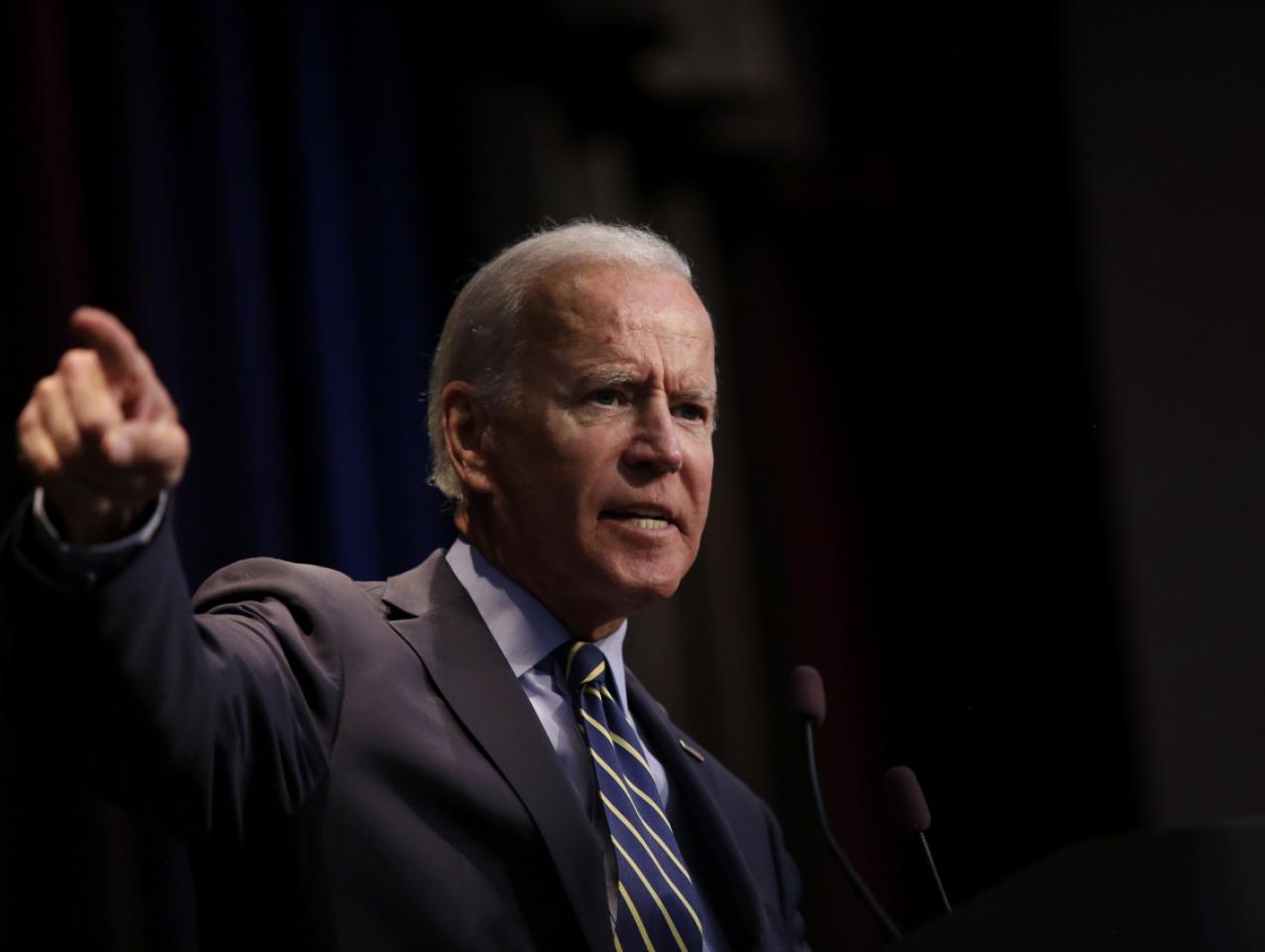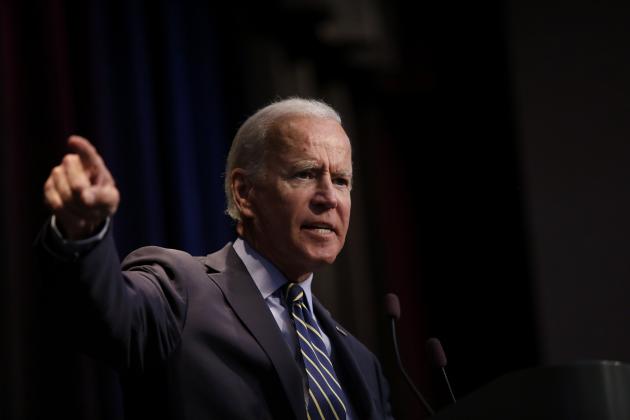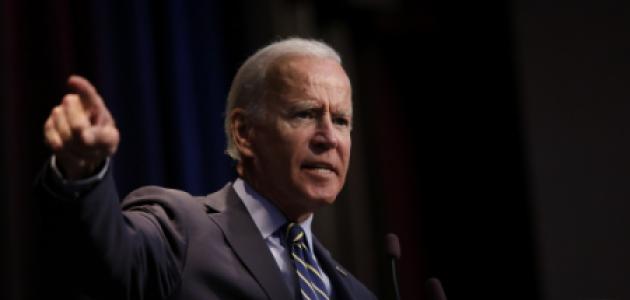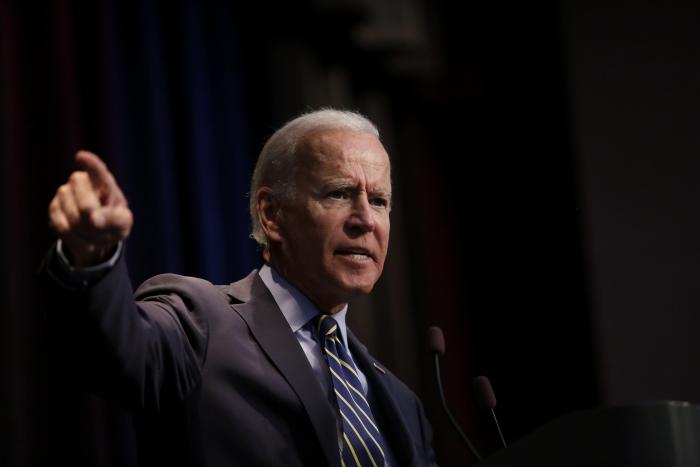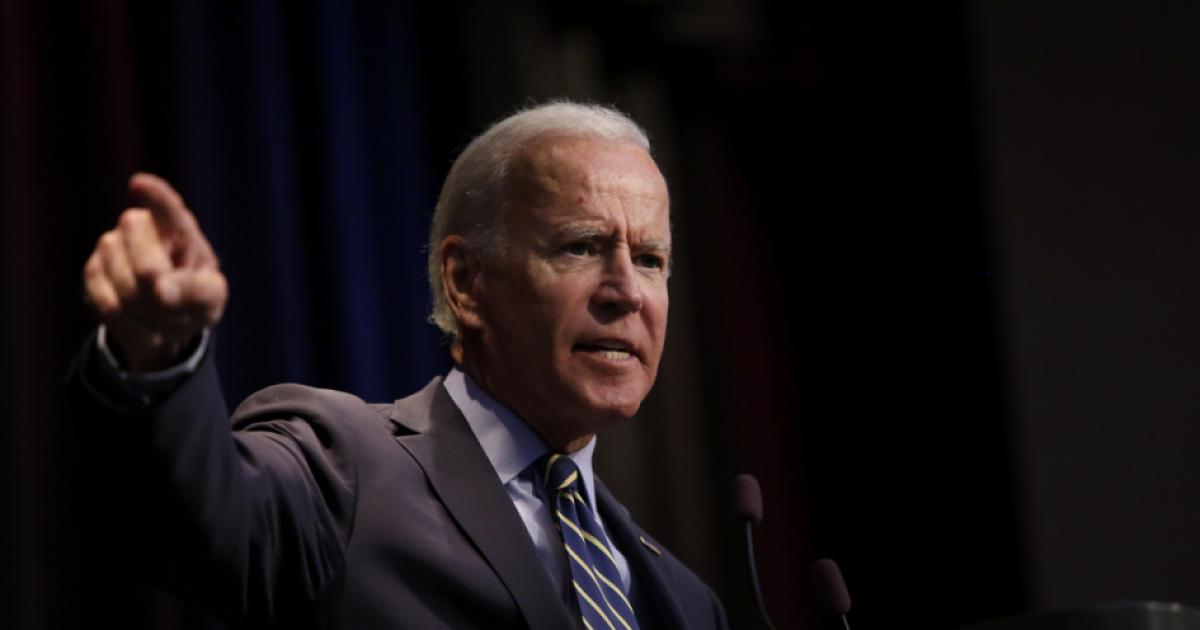On September 8, in his latest exercise of political muscle, President Joe Biden ordered Catherine Russell, the White House director for presidential personnel, to send letters to all incumbent presidential appointees on the visiting committees of West Point, the Naval Academy, and the Air Force Academy, each of whom had received commissions for three-year terms. Her message was short and to the point: either resign by the close of business today or you will be terminated by 6 p.m.—thank you. Among those individuals who were targeted on the West Point visiting committee was former president Donald Trump’s national security advisor and current Hoover senior fellow, H. R. McMaster, who had just been named the recipient of a distinguished graduate award for 2021 from West Point.
Press secretary Jennifer Psaki sought to supply the explanation left out of Russell’s demand letters:
The president’s objective is what any president’s objective is, which was to ensure that you have nominees and people serving on these boards who are qualified to serve on them and who are aligned with your values.
In one sense Psaki’s remark were a familiar refrain because since taking office, Biden has aggressively sought to remove people from various advisory boards for just those reasons. For example, in February, he summarily removed the four Trump appointees from the US Commission of Fine Arts, which prompted this anguished cry from Justin Shubow, its displaced chairman, who protested that “in the commission’s 110-year history, no commissioner has ever been removed by a president, let alone the commission’s chairman. Any such removal would set a terrible precedent.” And so it does, for once the dam breaks, cooperation across administrations from different parties becomes impossible. Now the next Republican president will play tit-for-tat until the bipartisan politicization of these historically nonpartisan advisory committees is complete.
In all these cases, some of the sharp value differences between the Biden and the holdover Trump appointees touched the hot-button issues of diversity and inclusion. But however sharp these political divides, former president Trump never sought to remove any similarly situated Obama appointees. Psaki’s “values” justification is wrong both historically and institutionally. These boards are designed to represent a broad cross section of views, not to function as echo chambers to the current president.
What the Law Says
The deposed members of the military advisory boards should fight these dismissals, as they have by far the stronger argument under the relevant statutory and constitutional provisions. To start, 10 US Code Section 7455 specifies that the Board of Visitors is constituted by appointments made by the head of the armed services committees of the Senate and House, joined by three other members appointed by the vice president as head of the Senate, four others appointed by the speaker of the House, and six designated by the president. The key provision governing presidential appointments reads:
(b) The persons designated by the president serve for three years each except that any member whose term of office has expired shall continue to serve until his successor is appointed. The president shall designate two persons each year to succeed the members whose terms expire that year.
The text that specifies the three-year term does not contain any provision for removal by the president. Instead, it seeks to ensure continuity of service by allowing incumbents to retain their seats after their term has expired until some replacement is made. Tellingly, Section (b) also embraces a principle of rotation, which means that each year the president gets to appoint two new members, ensuring both continuity and a steady rate of turnover over two administrations. In this self-contained body, the president has no authority to order the removal of any member solely because of a difference in values or beliefs. The orderly succession is put into place precisely to thwart the objectives that Psaki attributed to Biden and other presidents. It is also worth noting that the section contains no specific provisions that might warrant dismissal “for cause,” such as for taking bribes—which loom large in other contexts, but not here.
At this point, it is important to address the possible constitutional provisions that might give the president the power to dismiss individuals at will. That discussion begins with the so-called Appointments Clause in Article II, which applies to two kinds of public officers. First are principal officers of the United States, including cabinet secretaries, ambassadors, Supreme Court justices, and most other federal judges. Their appointments require Senate confirmation. The secondary category includes so-called “inferior officers,” over whom Congress has discretion to insist on Senate confirmation or, alternatively, to allow these appointments to be made without Senate confirmation by the president, the judiciary, or the heads of departments.
From the very early days of the Republic, there was a huge battle over whether the president could dismiss officers who were confirmed by the Senate without first procuring Senate approval. In the prolonged Removal Debate of 1789, it was ultimately agreed that the president had the power to remove his key officers without Senate approval, so that he could surround himself with individuals whose judgment and integrity he trusted. In a highly controversial 1926 decision, Myers v. United States, Chief Justice William Howard Taft (a former president) held, controversially, that the absolute power of removal extended to inferior offices, including a postmaster first class, whose appointment had received Senate confirmation. Thereafter, in the noted New Deal reversal of 1935, Humphrey’s Executor v. United States pared that authority back, holding that many inferior officers, who had not received Senate confirmation, could only be dismissed by the president for cause. Most recently, the Supreme Court’s 2020 decision in Seila law v. Consumer Financial Protection Bureau held that the president did have the power to remove a single officer who ran the CFPB at will, finding the for-cause requirement in the statute establishing the agency to be unconstitutional. That decision was then affirmed this past year in Collins v. Yellen regarding the Federal Housing Finance Authority, where the president was also given the power to fire at will the single individual in charge of the two financial behemoths Fannie Mae and Freddie Mac. In both cases, separation of powers was said to demand absolute control over single officers. Indeed, right after the decision Biden fired Mark Calabria, a Trump appointee, whom he replaced with his own nominee, Sandra Thompson.
Power Grab
How relevant is this nutshell summary of the presidential removal power as it pertains to the Boards of Visitors removals? Not at all. The key point here is that the president does not make appointments to these military oversight boards through the Appointments Clause, which applies only to principal and inferior officers. The members of these boards are not officers of any stripe. To see why, note that the president pro tempore of the Senate and the speaker of the House both have the power to appoint members to these boards. That power could not be given if they were United States officers. The 1976 case of Buckley v. Valeo held unconstitutional key provisions of the Federal Election Campaign Act of 1971, which had allowed for the president of the Senate and the speaker of the House, as well as the president, each to appoint two individual officers to the Federal Election Commission. No dice, said the court. No general concern about the integrity of federal elections would allow Congress to circumvent the limitations of the Appointments Clause, which was the sole and exclusive way to appoint officers. To allow Congress (especially over presidential veto) to change the rules on appointment was to undo the structural protections that our system of separation of powers is meant to preserve.
So the president does not enjoy the power to remove individuals who are not officers of the United States unless provision to do so is made in the governing statute. At this point, the burden falls on the president to find some way to avoid the ordinary principles of statutory interpretation. The statute in question contains no express reservation of the power to remove the appointees to these bodies. And it gives explicit endorsement of the principle of rotation, which makes it impossible to imply that the president, any more than the president pro tempore of the Senate or the speaker of the House, may remove their predecessor’s appointees.
In all contract disputes, once the breach is established, the choice of remedy is typically between damages and specific performance. In this case, damages are otiose because they allow any of the three appointing officers the luxury of firing their appointees in order to upset the protected rotation. Hence the correct remedy here is specific performance, which allows these appointed officials to hold their seats for the duration of their terms. In most employment contexts, an ordinary worker can be limited to actual damages in cases of wrongful dismissal, on the grounds that courts are not in the business of supervising employment contracts. But that consideration is irrelevant here because the presidential appointees do not work for the president. Instead, they serve on independent boards where they can do their jobs without any further interaction with the president. Biden’s naked assertion of power can and should be stopped before the politicization of these key advisory boards leads to a further decay of our political culture.








